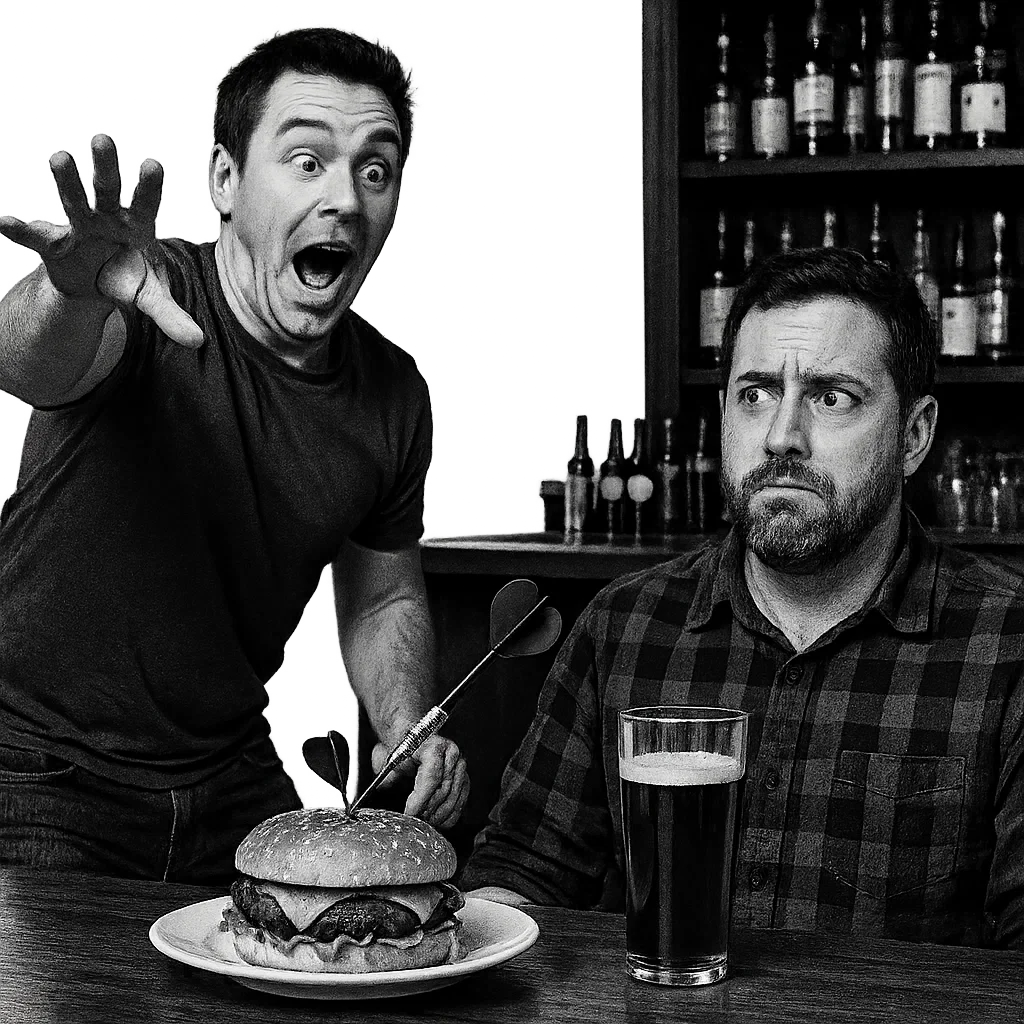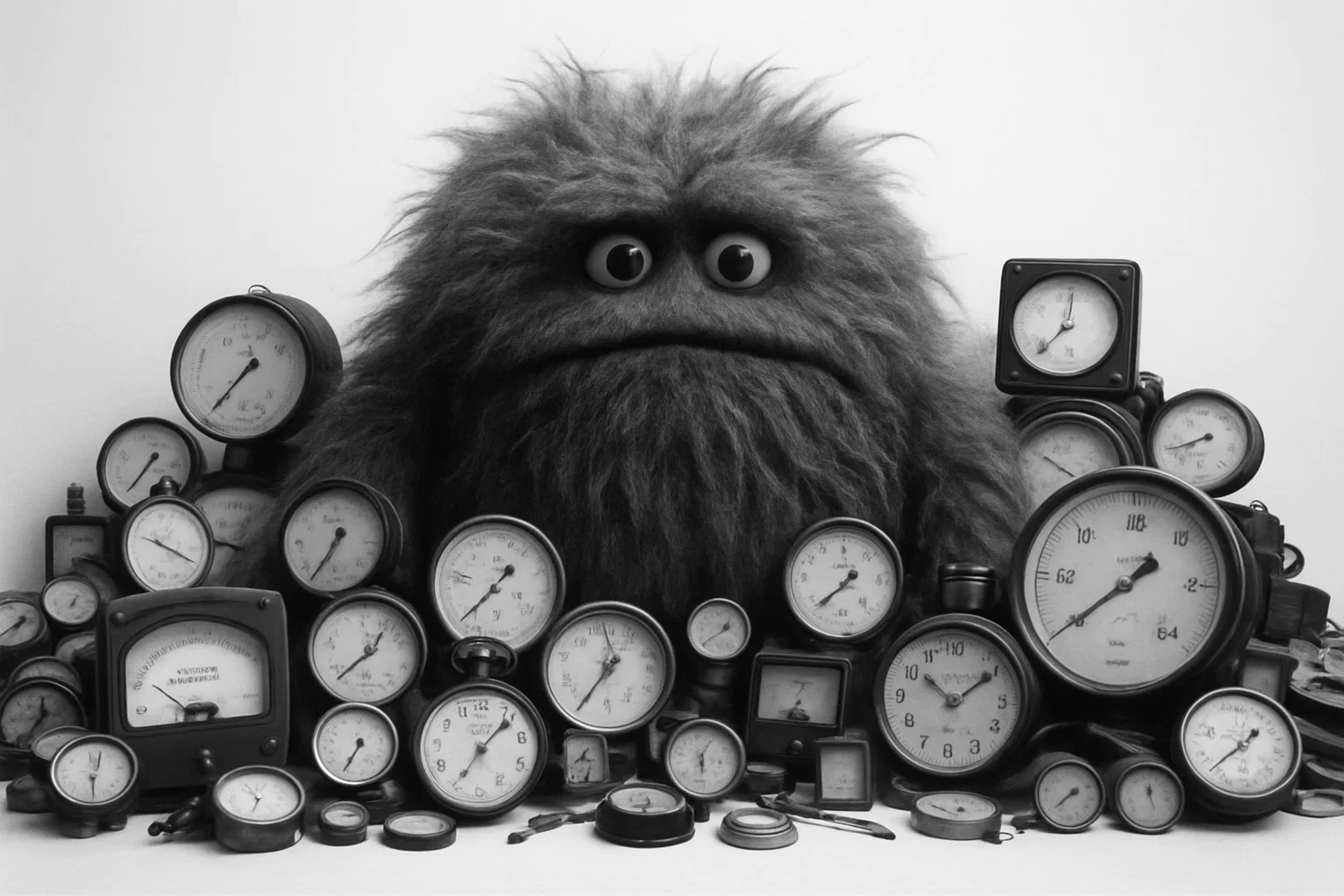
Avoid message misfires. Learn how your GTM team can turn positioning and messaging into a multiplier by articulating the clearest, boldest, most relevant point of view.
Most go-to-market teams don’t lose because their product is weaker. They lose because their competitor tells a tighter, more compelling story.
And in today’s market … where buyers skim, scroll, skip, and self-serve … story beats features every single time.
If you’re wondering why a rival with a demonstrably weaker product keeps winning the deals you should own, the answer is almost always the same:
They’ve nailed their positioning. You haven’t.
Let’s unpack what that really means.
Buyers rarely choose based on raw capability. They choose based on perception:
You can have the superior feature set, but if your message is fuzzy, generic, or drowning in jargon, your competitor with a sharper narrative will walk away with the deal.
People don’t buy the best product. They buy the product they understand fastest.
When your positioning is weak, the symptoms creep into every corner of your GTM engine:
It’s not a pipeline problem. It’s not a pricing problem. It’s not a “we need more features” problem.
It’s a positioning problem masquerading as everything else.
Competitors with average products but excellent positioning quickly pull away in the market. They frame the problem in their terms. They control the category conversation. They shape the narrative buyers read, repeat, and remember.
When they get positioning right, everything downstream gets easier:
It’s not just humans forming perceptions. Large language models — ChatGPT, Claude, Perplexity, Gemini — are now gatekeepers of brand understanding.
If an LLM describes your competitor more clearly than it describes you, you’re already behind. GTM teams who ignore LLM perception are handing their competitors a silent advantage.
That’s why brand positioning isn’t just a messaging exercise anymore. It’s an intelligence exercise.
This is where most teams struggle. Traditional brand tracking is slow. Competitive research is manual. Messaging work happens once a year, then collects dust. Positioning, messaging, and testing tasks that should happen frequently get pushed to quarterly — or skipped entirely.
Today’s GTM teams need something better:
This is exactly why AI tools for customer and competitive research like Brandmaven are emerging. It compresses two months of research into ten minutes and serves up strategy ideas that will actually move the needle. Need a second opinion? Test your messages with synthetic personas and focus groups.
Your product may already be strong enough. Your roadmap may already be overflowing. Your GTM cadence may be fast.
But if your competitor is owning the narrative? They’ll keep winning.
Positioning is the multiplier. It’s the conversion engine. It’s the thing that turns products into preferences. And buyers — human or AI — reward the companies who articulate the clearest, boldest, most relevant point of view.
Because at the end of the day: Your competitors aren’t beating you on features. They’re beating you on positioning.

Most brand teams today run on intuition, not instrumentation. But it doesn't have to be that way.
Read More
Convening live focus groups is costly and time intensive. Find out how AI personas can get you accurate answers fast.
Read More
Learn how AI is transforming the way brand teams measure brand performance and health.
Read More